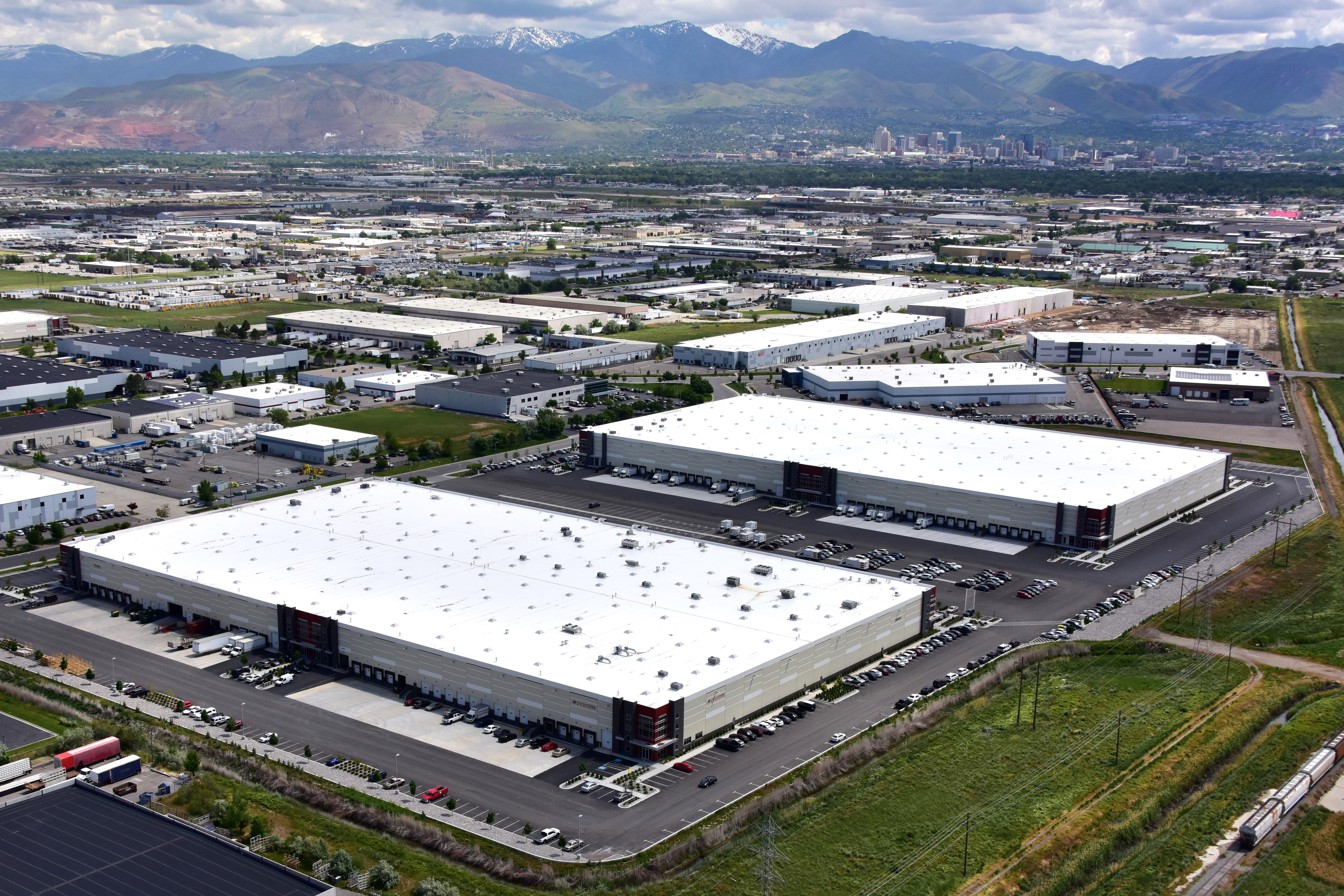Affordability, Reliability, and Sustainability: Five Questions for Rocky Mountain Power

November 29, 2021
Serving more than two million people, Rocky Mountain Power provides its customers with affordable and reliable power. Along with Pacific Power, the two companies form PacifiCorp, serving customers in Utah, Idaho, Wyoming, Washington, Oregon, and Northern California. Rocky Mountain Power’s service area accounts for two thirds of PacifiCorp’s customers, with Utah being the largest of the markets served, consuming 46 percent of the power the company produces. We sat down with Jon Cox, Vice President of Government Affairs at Rocky Mountain Power to learn more about power and the company’s long-term plans.
Rocky Mountain Power is a Founder investor in EDCUtah. Let’s start with your message to site selectors and companies considering Utah for operations?
When it comes to affordability, reliability, and sustainability Utah performs very well on all those criteria. We recognize each customer has their own unique power needs and we will work with them to succeed in Utah and locate here. The relationship with us doesn’t end when a company moves here. We will also work with businesses to achieve their own sustainability goals beyond our own initiatives. We also have our Wattsmart program to incentivize private customers, retail, and other businesses to be more energy efficient. We like to say that the cleanest power you will ever use is the power you never use.
How do you balance the supply of different power sources with demand across your service area?
First, we have a tremendous amount of generating resources across a diverse geography that we can pull from. Further, we own generating assets in nearly every state we serve. The diversity in generating sources and geography means we have significant resiliency in our power grid. For example, hydropower is predominately generated in the Pacific Northwest, thermal in the Rocky Mountains, wind in Wyoming, and solar in the Southwest. What this means is that when one power source is down or reduced, like hydro due to the drought, we can draw more heavily from other sources.
This model also means we won’t end up with a situation like we saw in Texas last winter when their grid went down; we’re tied into a larger grid with more interconnections to more power sources, so we can draw from other states if necessary.
We strive to pull from our own resources before turning to our partners for power. Our system is built to handle our busiest of busy days and is required to have an additional reserve margin of 13 percent. Essentially, this means that we can avoid gridlock at peak usage times and provide reliable service to our customers. Additionally, we have been pioneers in the industry by partnering to create an energy market that nearly every utility provider in the West has joined.
Members of this energy market can buy and sell electricity from each other. For example, if there is an overabundance of power in California and it is less expensive than producing our own power, we will buy it, and pass those savings on to our customers.
Utah is considered the ‘Crossroads of the West’ in many regards. Can you explain how this is true for power as well?
Utah is quite literally the crossroads for the Western power grid, as we are right in the middle of the grid. There is a significant amount of transmission infrastructure built through Utah, as well as a number of large-scale projects planned throughout the state. Our 2021 Integrated Resource Plan features a strengthened and modernized transmission network that ensures resilient service, reduces costs and creates maximum opportunities for our communities to thrive. Having a reliable power system is not only important to our residential customers, but to our large industrial customers who require it to keep their operations running.
Please give us a progress report on Rocky Mountain Power’s path forward on renewables.
We recently completed the Energy Vision 2020 project, which implemented Rocky Mountain Power’s renewable energy action plan from the previous planning cycle. Part of that included repowering the wind turbines on our Wyoming wind projects. Repowering is where the existing blades are replaced with longer ones that can harness winds at lower speeds and updating the turbine and generator equipment, leading to an increase of 20 percent in energy efficiency and extending the operational lives of the assets.
PacifiCorp’s 2021 Integrated Resource Plan outlined our plans to reduce carbon emissions system-wide by 74 percent by 2030 based on our 2005 levels. The plan emphasizes the need for modernizing and expanding the current transmission infrastructure to deliver clean energy to our customers. Further, our plan focuses on rapidly expanding our use of clean energy across our power grid, as well as increasing our ability to store clean energy. We’re partnering with communities to leverage grid-scale battery storage and solar projects to meet energy needs. All in all, the plan is designed to help us deliver resiliency and reliability to our customers through a connected West
How does long-term planning play a role in how you service customers?
Our integrated plan helps lay out the long-term energy roadmap and the impact on our customers. We are so reliant on electricity. The blackout and failure of the power grid we’ve seen in California and Texas are two great examples of how disruptive unreliable power can be to an economy and our lives.
At Rocky Mountain Power we plan well in advance to try to avoid disruptions to our customers. We are also committed to affordability for our customers. We have one of the lowest costs for power in the nation - providing electricity at approximately 44 percent lower than the national average - which means that Utahns are saving money on power. Finally, sustainability is important and prioritized for us because it matters to our customers.
See the latest news from Rocky Mountain Power here.






